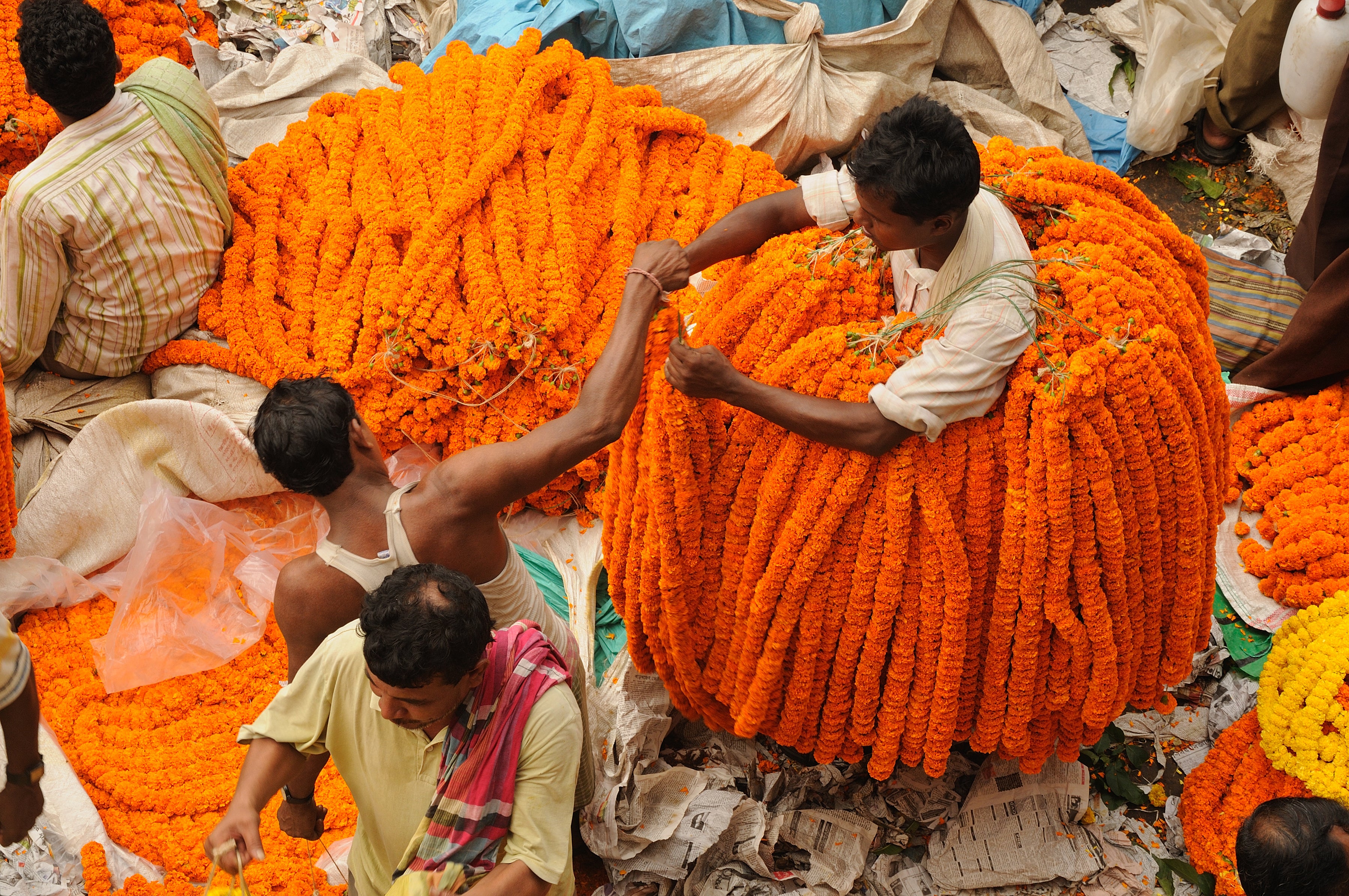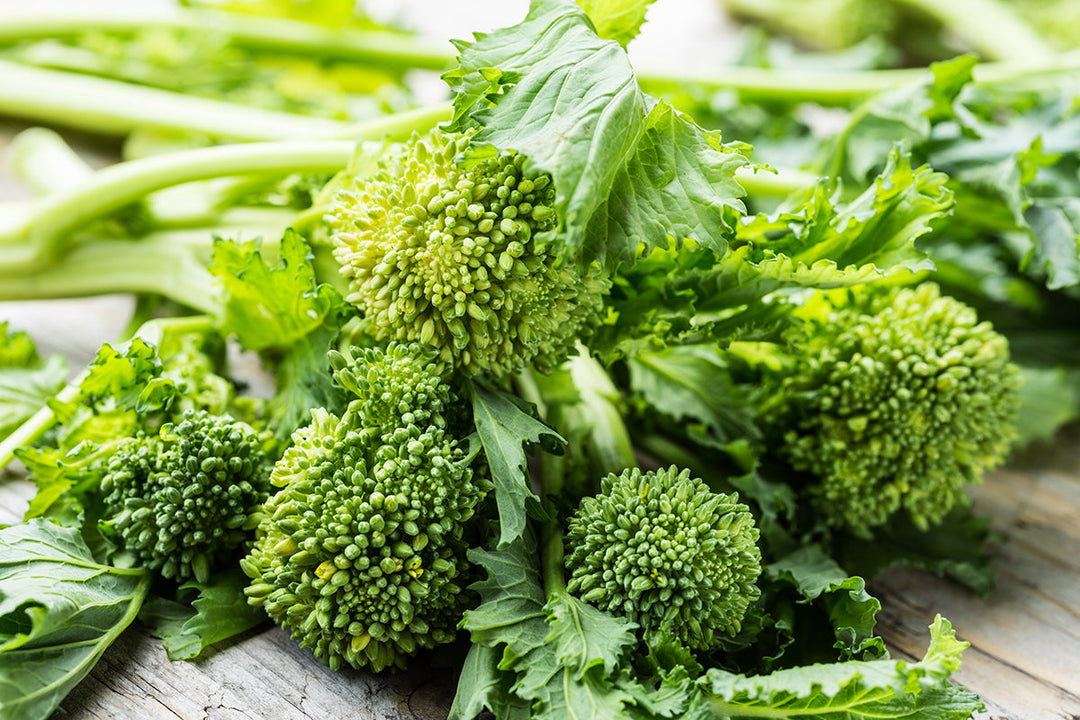Mother's Day flowers

There are many traditional Mother's Day flowers depending on where in the world you look. The British tradition of “Mothering Sunday” started in the sixteenth century and provided an opportunity for families who had moved away to return to the original church they attended. It was a celebration revived at the turn of the last century by Constance Smith who was inspired in 1913 by reading a newspaper report of Anna Jarvis’s campaign for an official Mother's Day in America. Coming from religious origins the traditional flower for Mothering Sunday is the Daffodil which signifies deep regard.
In Japan, Carnations, symbolising sweetness and endurance of motherhood, are used to celebrate 母の日 haha no hi, which is a version of Mother’s Day introduced after World War 2. The tradition gained popularity as a way to provide mothers who had lost their sons to the war to grieve and be comforted. Originally, children gave a red carnation to a living mother and displayed a white one if their mother had died. Now, white has become the traditional gift.
Marigolds are used for celebrations in many Indian festivals including Durga Puja, a 10-day festival to honour mothers that dates back to the sixteenth century and is considered both a religious ceremony and a time for family reunions. Marigolds or "Mary's gold" are believed to symbolise gold, wealth, sun and rich offerings in many cultures.







